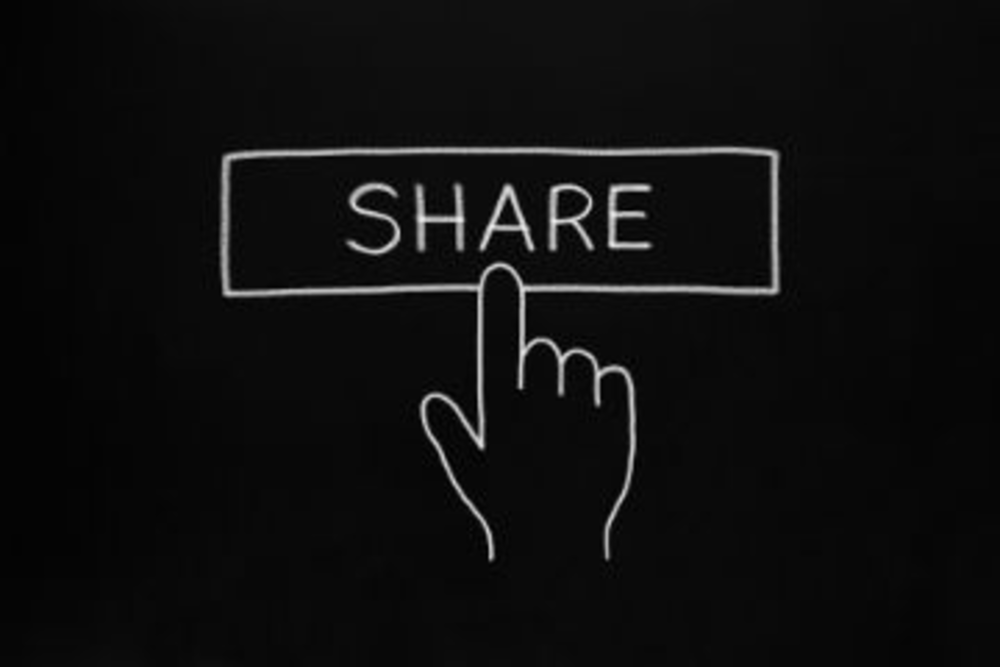Closing time is a thing of the past. Today’s consumers want to access brands anytime, anywhere.
“People expect businesses to always be on,” Lisa Pearson, CMO of social technology provider Bazaarvoice, said yesterday at the vendor’s Cocktails and Conversation event in Manhattan, New York.
Brands rely heavily on social to provide this 24/7 access consumers crave, particularly reviews. Companies can’t answer every inquiry in a timely matter, but reviews allow consumers to get answers quickly from their social communities.
“Retailers get a digital sales rep in every single aisle, creating a digital shopping experience,” Pearson said.
And reviews do more than just influence consumers’ purchasing decisions. Having brands respond to consumer reviews can also drive brand loyalty and correct misconceptions. In fact, shoppers who saw a brand respond to a review in which the product owner misused or misunderstood a product were 186% more likely to purchase than those who didn’t’ see the response, according to the Bazaarvoice’s latest “Conversation Index” survey, released today.
In addition, consumers who saw a brand respond to a negative review by offering a product refund, upgrade, or exchange were 92% more likely to purchase and had an 88% increase in product sentiment than consumers who didn’t see the response. And consumers are more likely to forgive a brand that tries to right a wrong. Seventy-one percent of consumers who saw a brand respond to a review changed their perception of that brand, cites the study.
So what does a brand’s response to a negative online review mean to its customers? According to the research study, 41% of consumers say it makes the brand seem like it really cares about its customers and 35% says it makes the brand seem like it has great customer service.
However, Jeremiah Owyang, analyst and partner of research and advisory company Altimeter Group, said there’s a downside to being constantly on via social. He said many brands are training consumers to think that all they have to do is yell at the brand via social media to get the company’s attention. Hence, it’s important for brands to set expectations for what they will and will not do via social media, he said.
“Call centers are still around despite social media,” Owyang pointed out.
This constant communication between brands and consumers helps companies think about their products from the user perspective. For example, Julie Tisera, manager of social media outreach for GE Appliances, says that when a consumer wants to know the dimensions of an oven to see if a certain pot will fit inside, GE Appliances will have a product engineer run out to the floor, measure the specs, and then relay the answer to back. However, Tisera said GE Appliances is still dealing with the challenge of making this kind of data readily available.
“It’s not just about sharing things, but sharing ideas,” Tisera, said. “If we can get other people to insights to what [the engineers] are doing, that only makes our products bigger and better.”
This sharing of ideas and services is also causing a disruption in business through what’s known as collaborative consumption or, as Owyang termed it, The Collaborative Economy. This is embodied in the peer-to-peer lending economy in which consumers connect via social, mobile, and online to share their possessions, such as a car or an apartment. Companies like Zipcar and Airbnb thrive off of this sharing economy, and other companies are starting to follow their lead. For example, Owyang said BMW and Toyota are renting out cars from their lots to compete with Zipcar. In addition, Lyndon Mueller, VP of ecommerce for Home Depot, said the company now allows consumers to rent trucks to bring home their purchases as well as rent tools for projects.
“It’s not every day that you find that you customer is now your competitor,” Owyang said. “That’s unnerving.”








